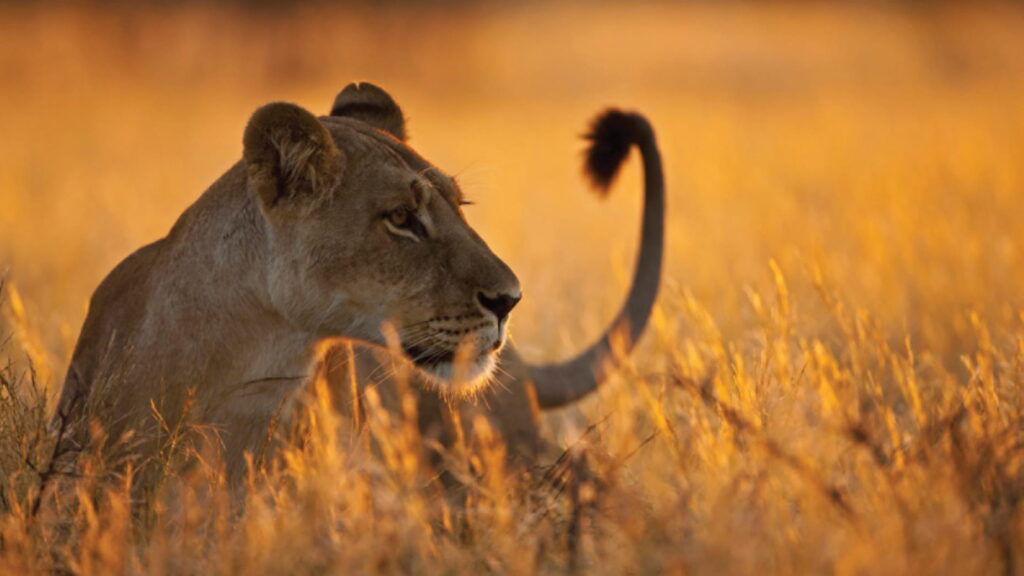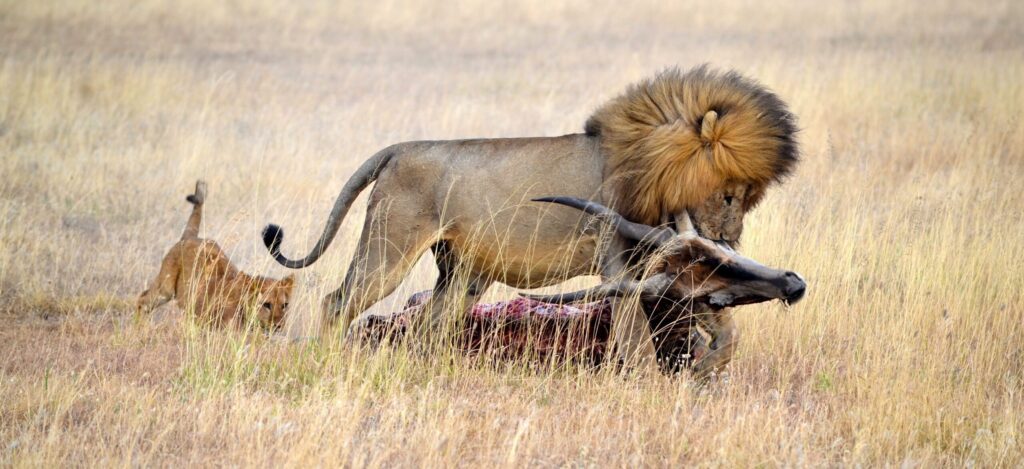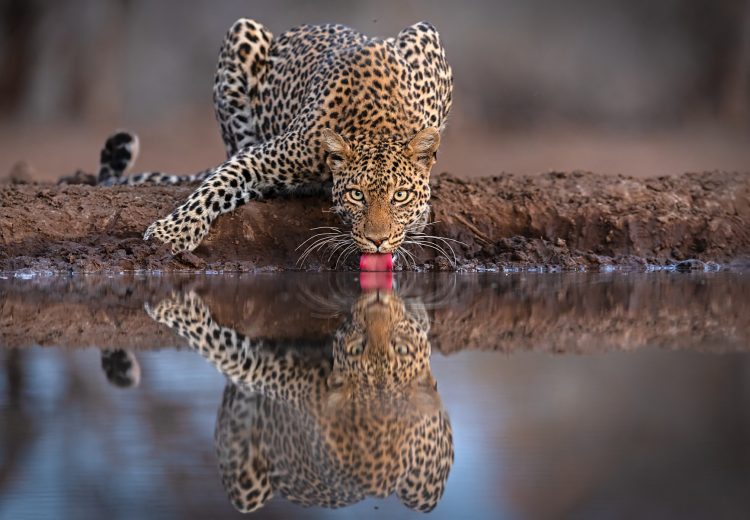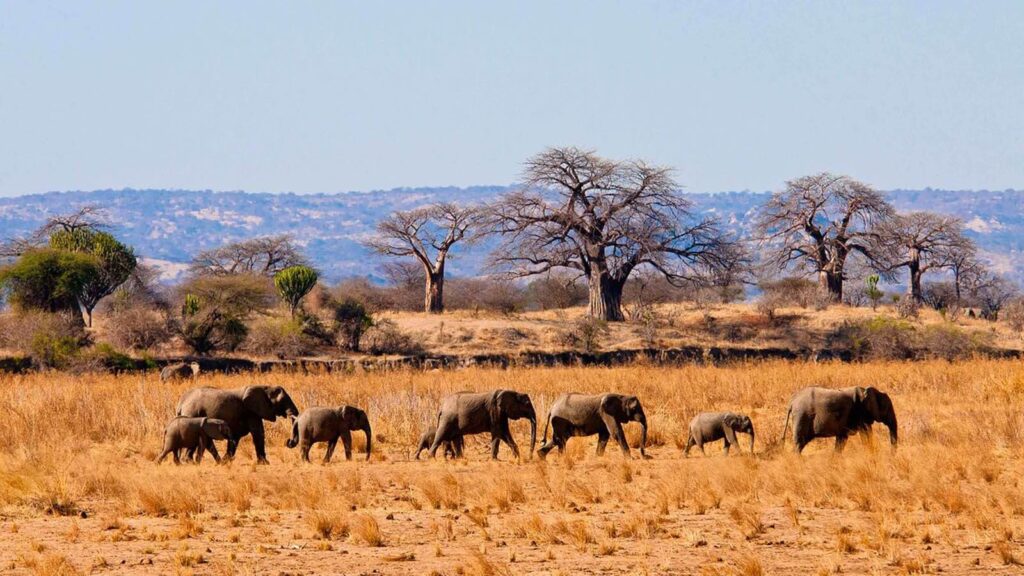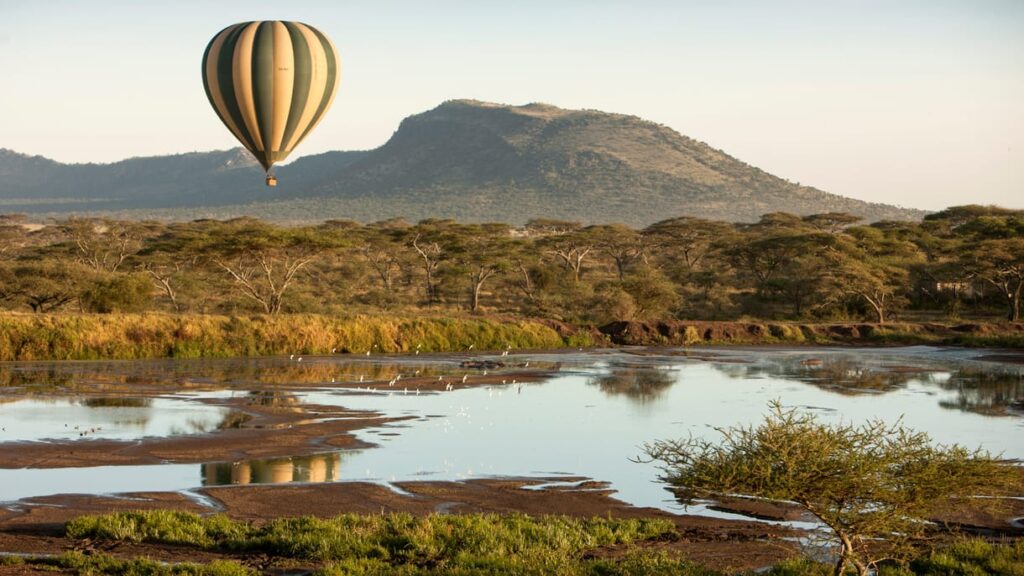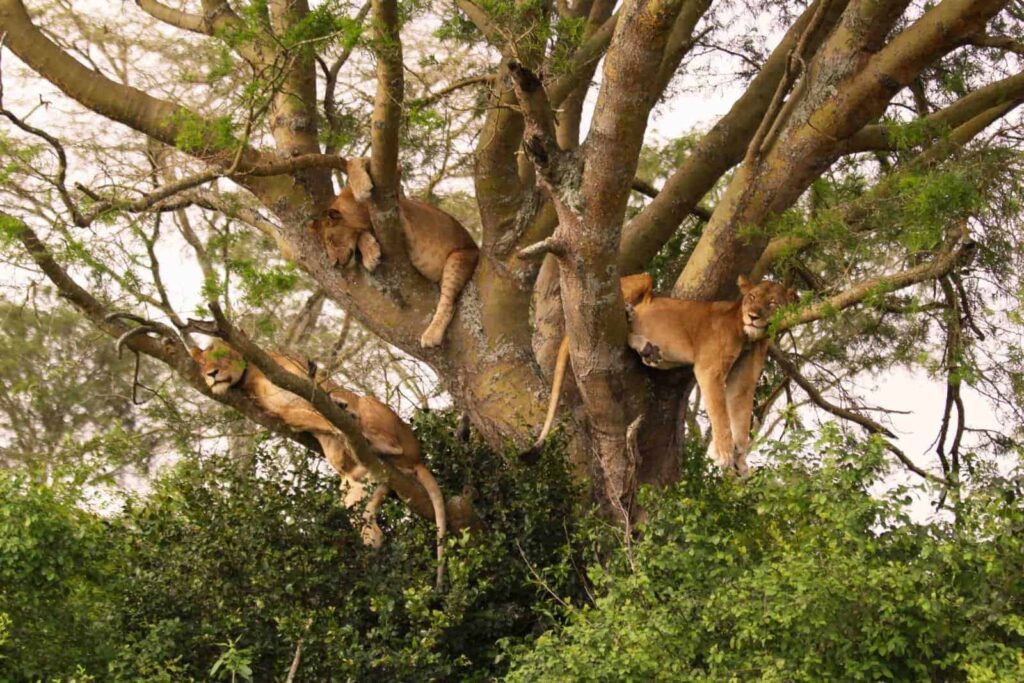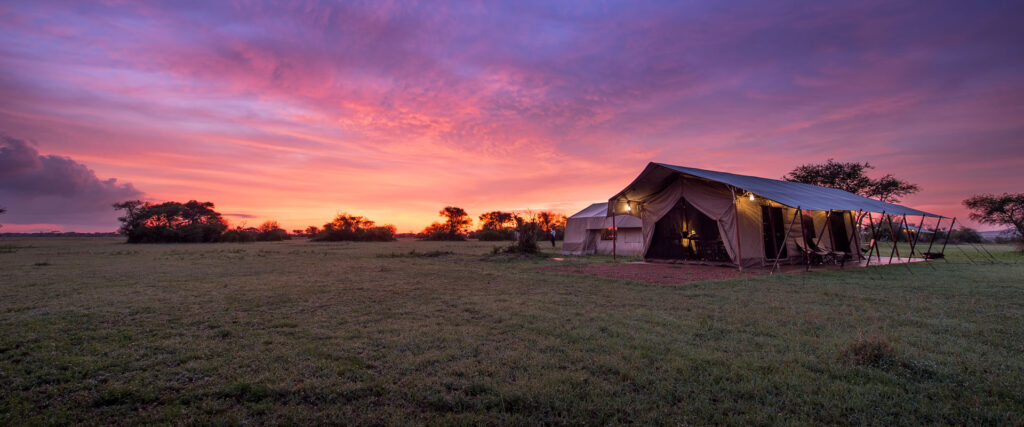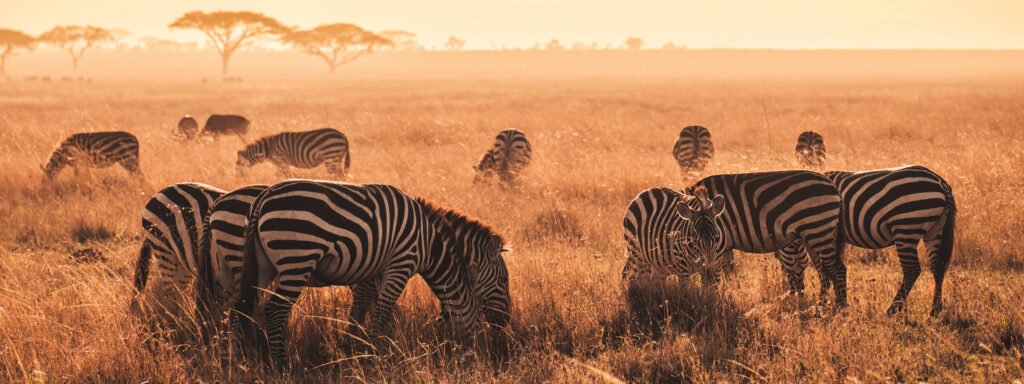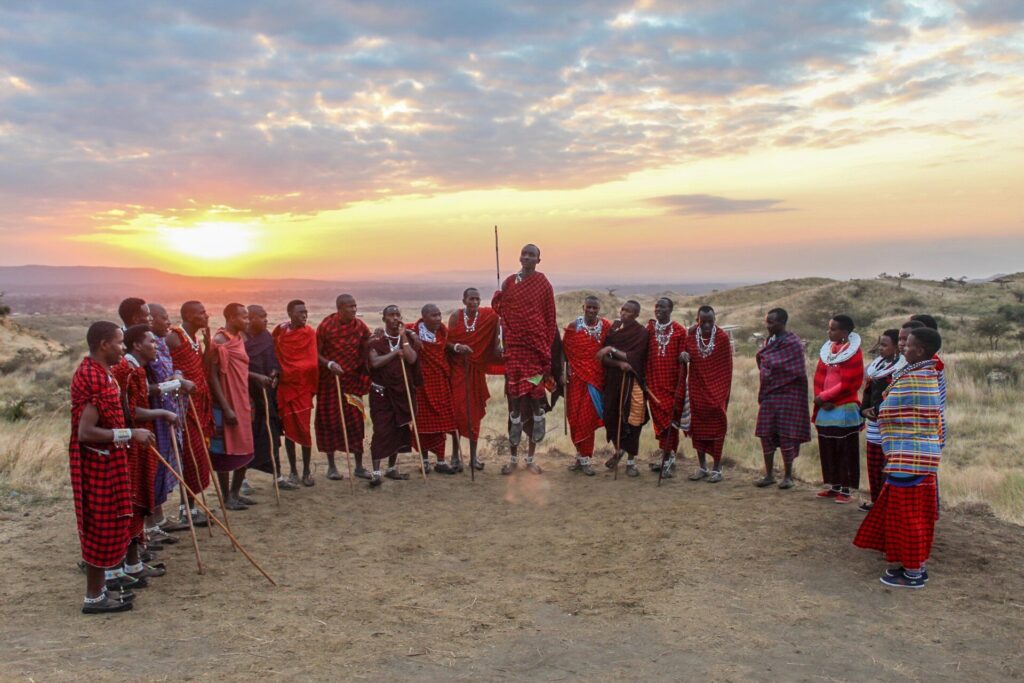The Perfect Safari | Kilimanjaro Trekking | Beach Holidays
If you are looking for a perfect holiday experience with memories to cherish you are at the right place. Let’s plan a reasonable stay for you.
Experience the Home away from Home in Tanzania
Since 2008, family-owned & managed Tanzania Wonders has been well known for its Excellent Safari and Kilimanjaro Trekking operations. We have catered to wildlife enthusiasts and those seeking rest and relaxation among one of Tanzania’s most popular Safari Circuit.
We will help you experience Africa Safari in its true sense. From living among the residents to eating authentic delicacies, you are sure to walk home with memories and wonderful moments. Africa has a safari for every traveller – what will your travel story be? African safari packages and tours range from bucket-list adventures to ultra-luxurious vacations and everything in between.
Use the links below to find family-friendly vacations, romantic honeymoon packages, thrilling African safaris and affordable holidays. Remember, all our itineraries are totally flexible and can be changed to suit you.
No time to browse? Get in touch with our Africa Safari Expert to plan a tailor-made tour around your interests, wishes and budget.
Best Selling Safaris & Experiences
Destinations: Tarangire National Park | Ngorongoro Crater.
Price From: USD. 685pp.
Destinations: Tarangire National Park | Lake Manyara | Ngorongoro Crater.
Price From: USD. 930pp.
Destinations: Tarangire National Park | Serengeti National Park | Ngorongoro Crater.
Price From: USD. 1,457pp.
Destinations: Tarangire National Park | Serengeti National Park | Ngorongoro Crater.
Price From: USD. 2,271pp.
Destinations: Tarangire National Park | Serengeti National Park | Ngorongoro Crater.
Price From: USD. 2,559pp.
Destinations: Kilimanjaro Day tour | Tarangire National Park | Serengeti National Park | Ngorongoro Crater
Price From: USD. 2,884pp.
Price From: USD. 3,257pp.
Price From: USD. 3,786pp.
Price From: USD. 4,072pp.
Popular Safaris & Experiences
The great northern parks like Serengeti, Tarangire or Ngorongoro are amazing to experience during the dry seasons, especially from June to July during the great annual migration of wildebeest and zebras that migrate north. During the rainy season from March to May, it is better to favor southern parks such as Selous Park.
A trip to Tanzania allows you to discover one of the most emblematic countries in Africa. Between its legendary mountains, its animal parks and its inhabitants, Tanzania is a hiking, trekking and safari destination par excellence.
Four of the most important natural parks are concentrated in a small area: Lake Manyara, Ngorongoro , Tarangire and Serengeti.
Special Interest Tours
Plan an Unforgettable Experience in Tanzania Today!
- info@tanzaniawonders.com
We Send our Love & Hugs from Tanzania
Tanzania Wonders Safaris it is our privilege to serve you as a one stop shop for Tanzania safari adventures, Kilimanjaro Trekking and Zanzibar beach Holidays, We have the great pleasure of having an outstanding team of professional guides and wildlife conservators from Tanzania.
Today, Tanzania Wonders is one of the main leaders in organizing wildlife safaris, Mountain Trekking, Cycling & Motorbike tours in Tanzania as well as beach holidays in Zanzibar Islands. Since its creation over 15 years ago, we have been working to preserve the values which ensure a permanent commitment to our customers.
We are looking forward to the opportunity to welcome you to our Safari Home. Always know that our door is open for you, together we make this company the exciting and engaging holiday experience you desire for your trip to Africa.
“We have Best Adventure for you”

Kelvin
Managing Director

